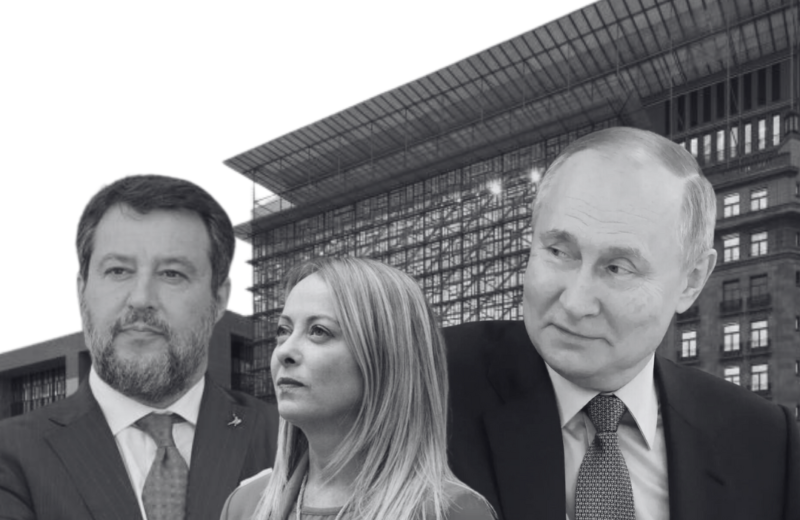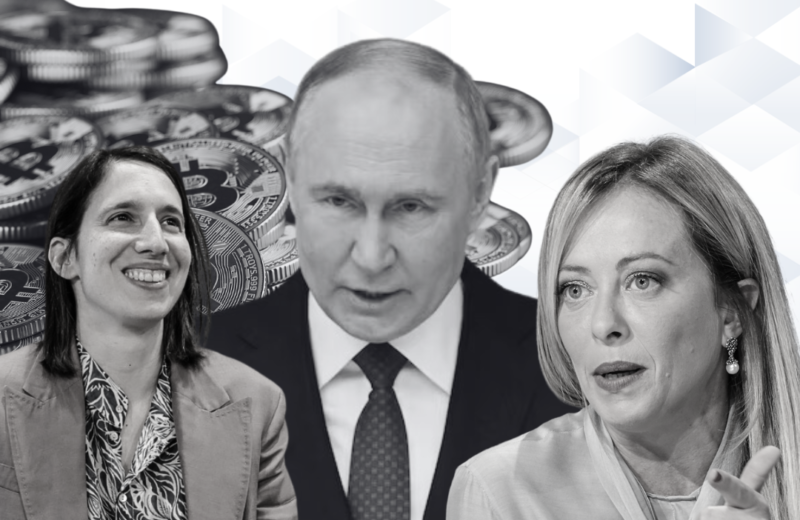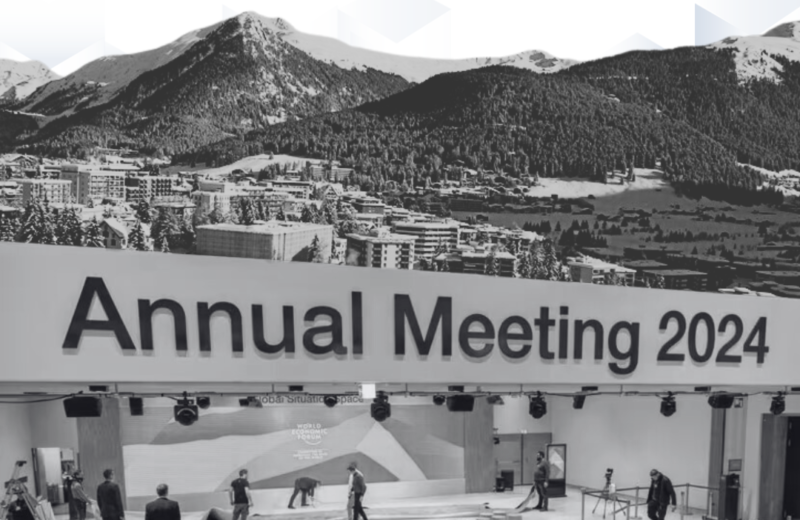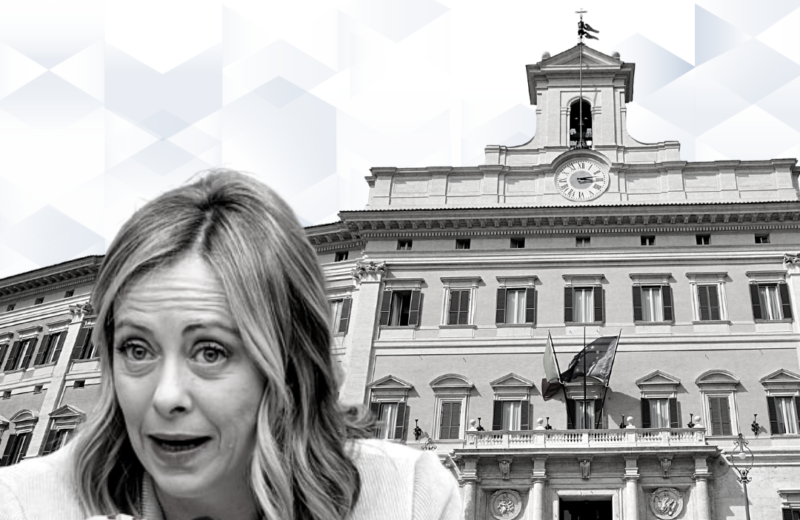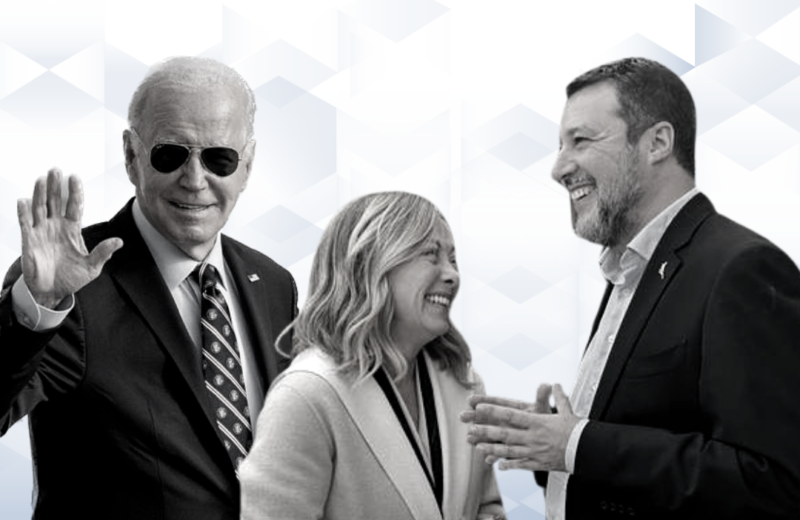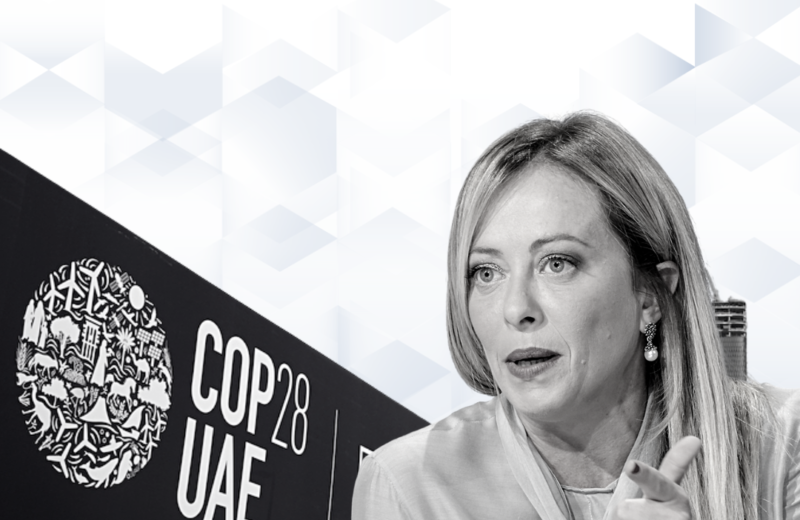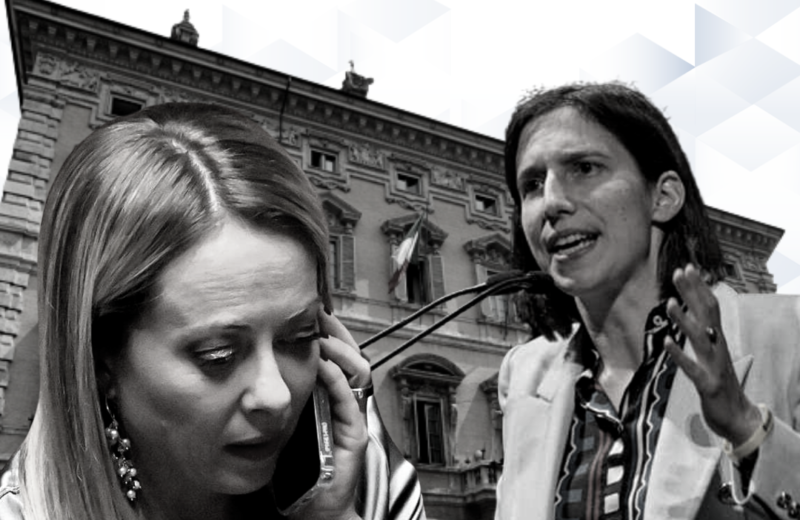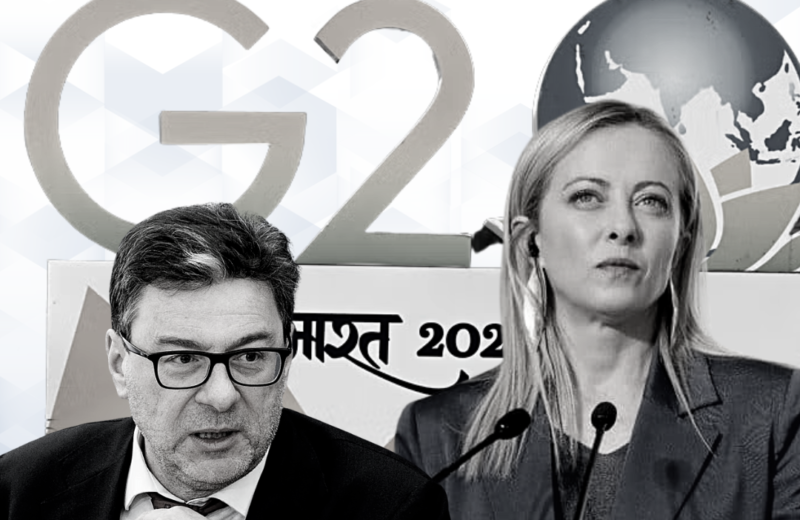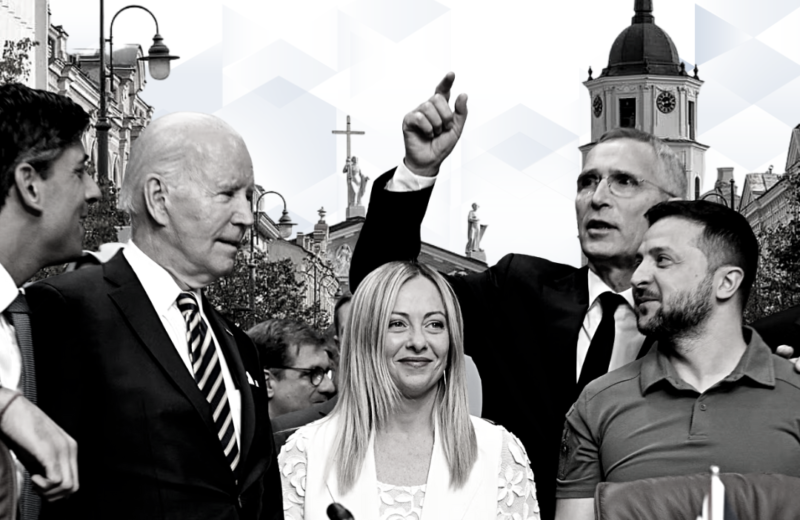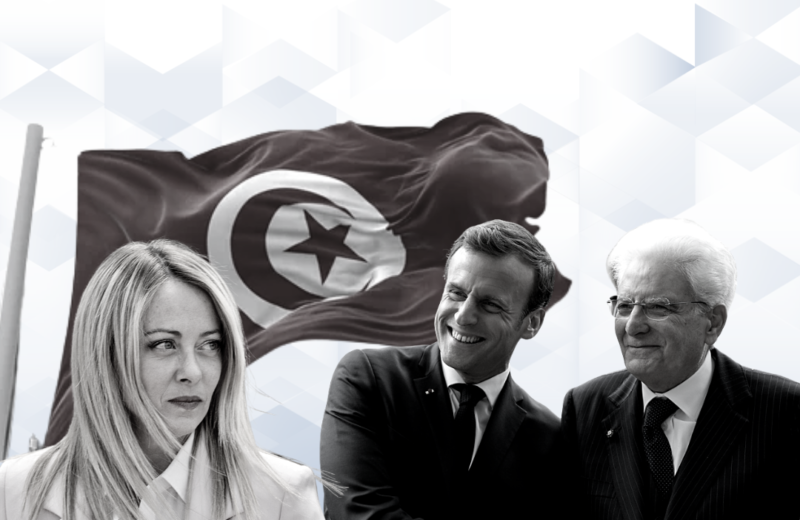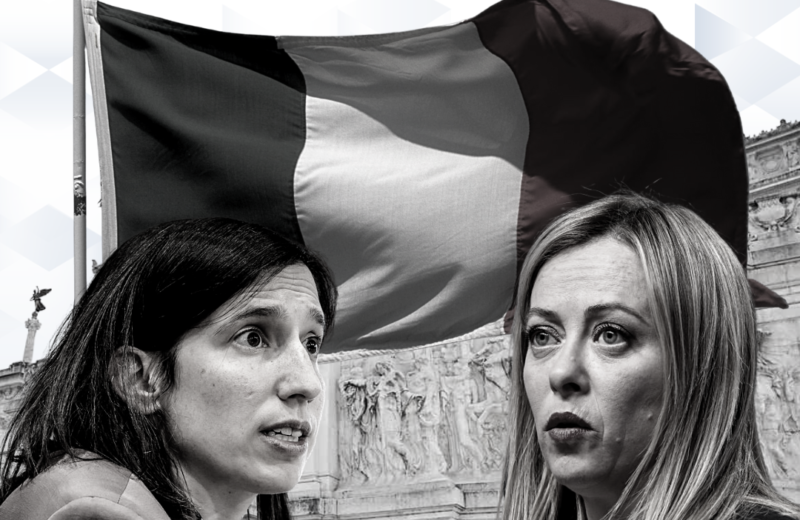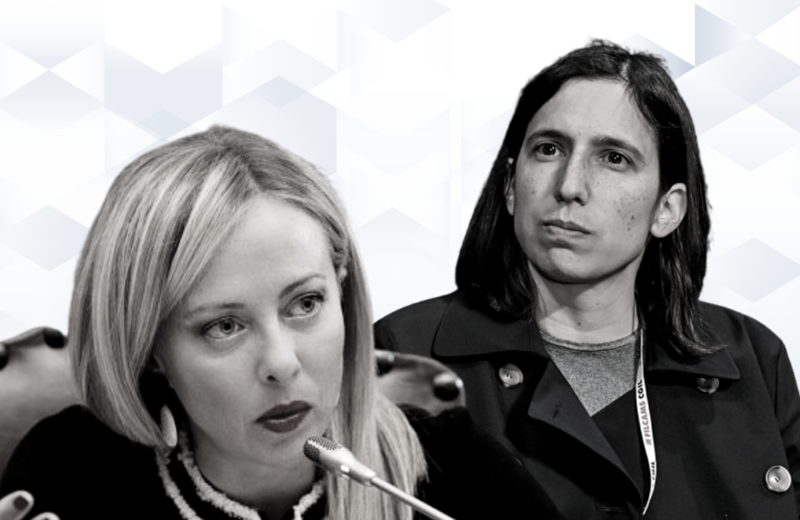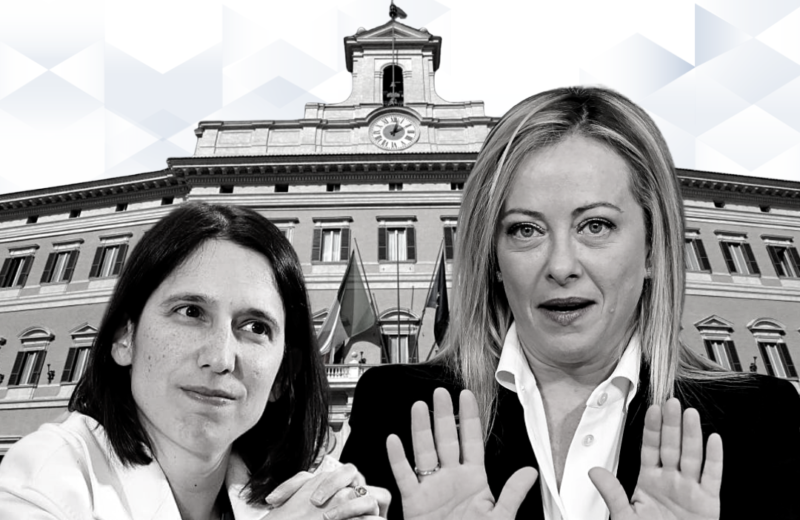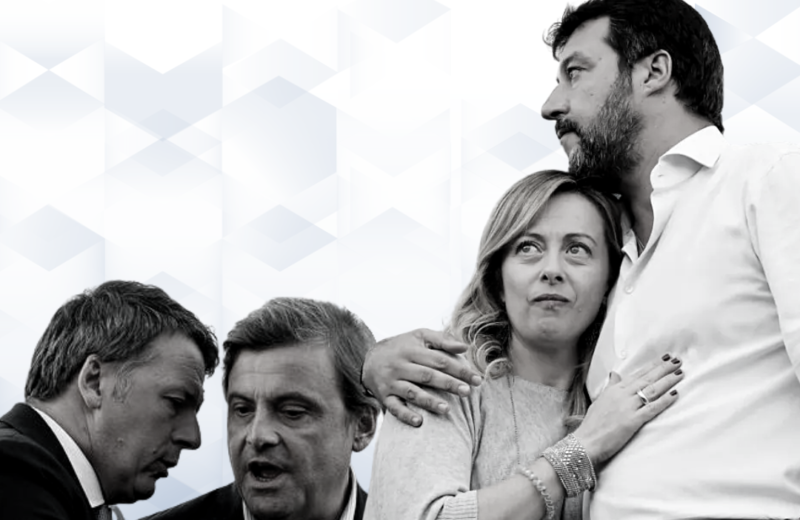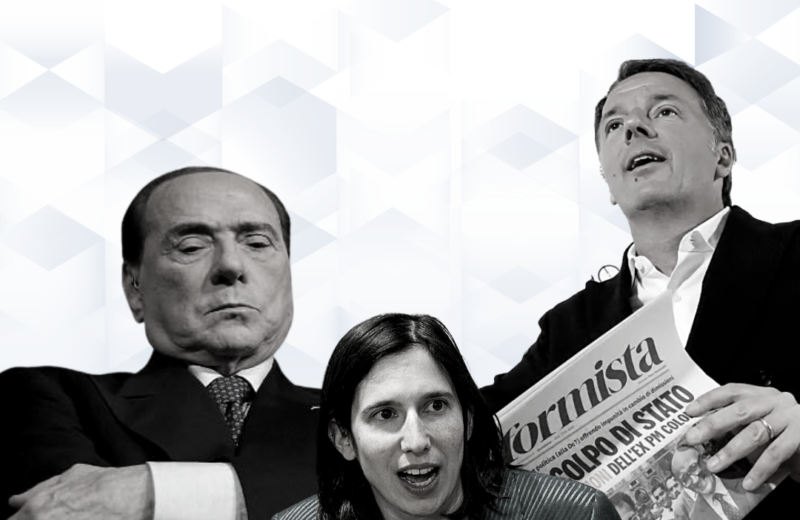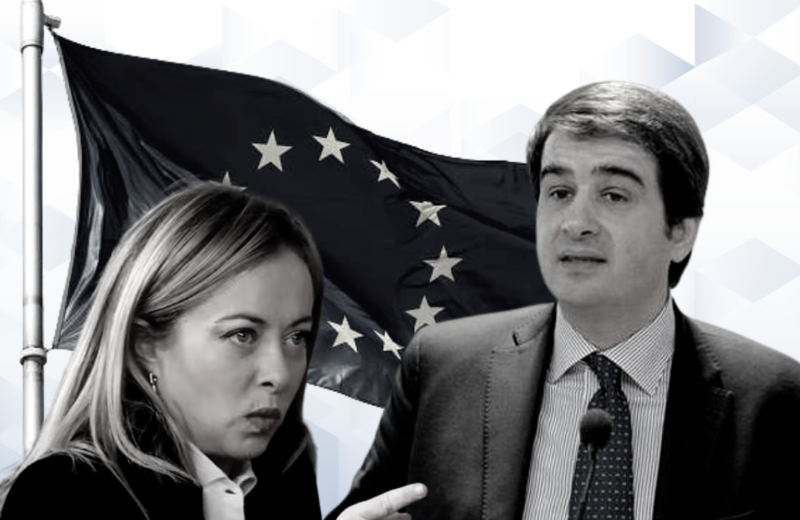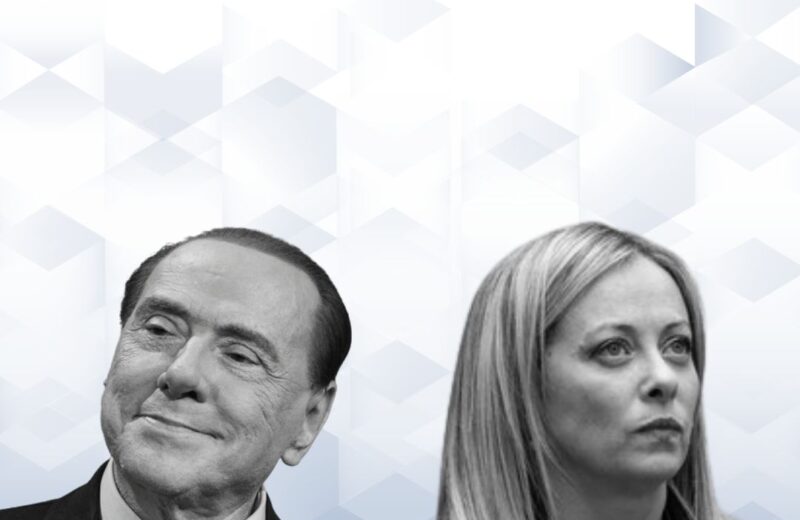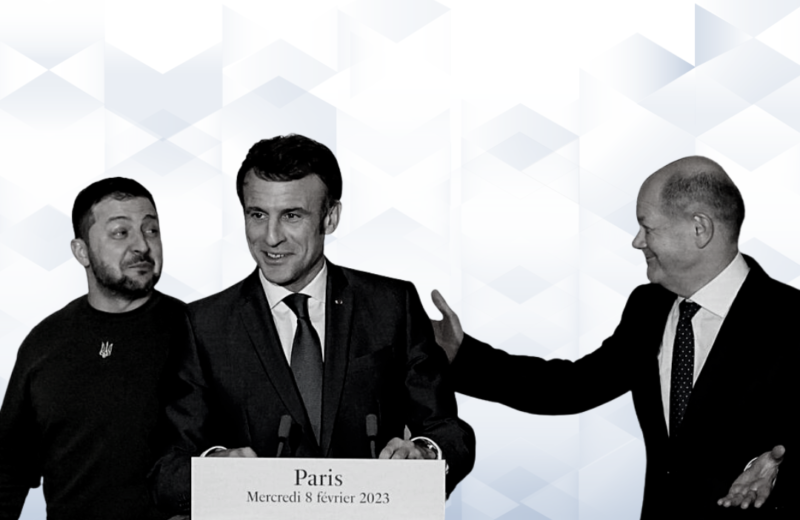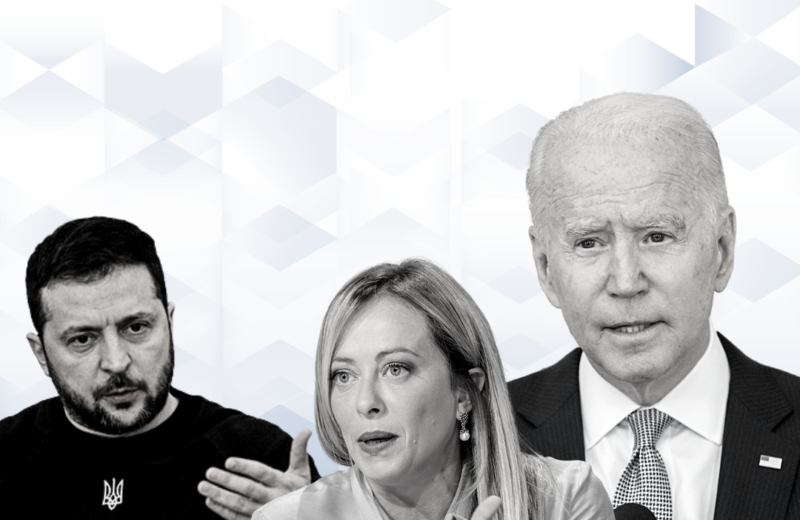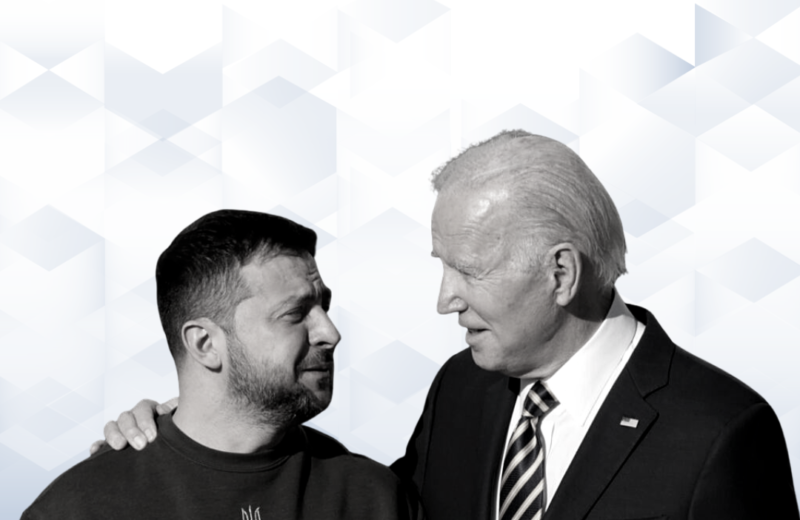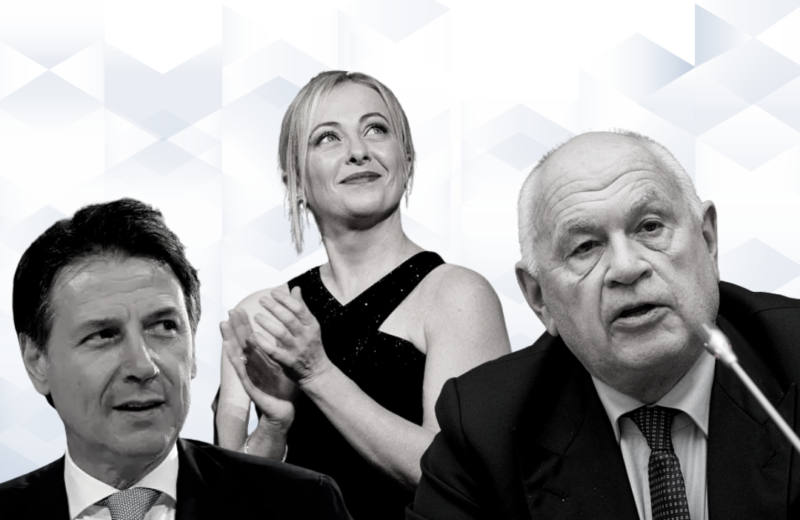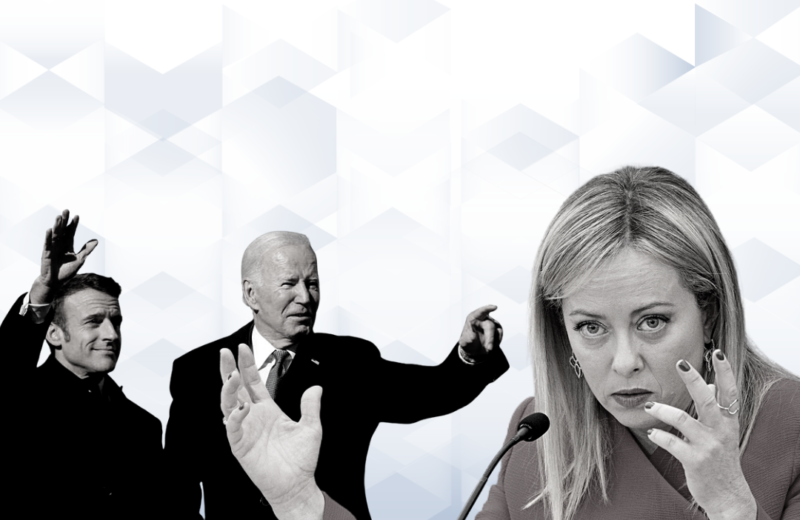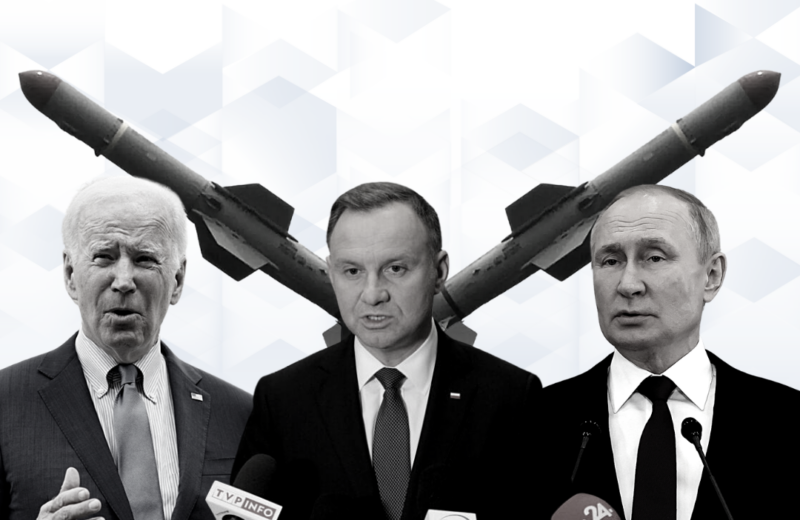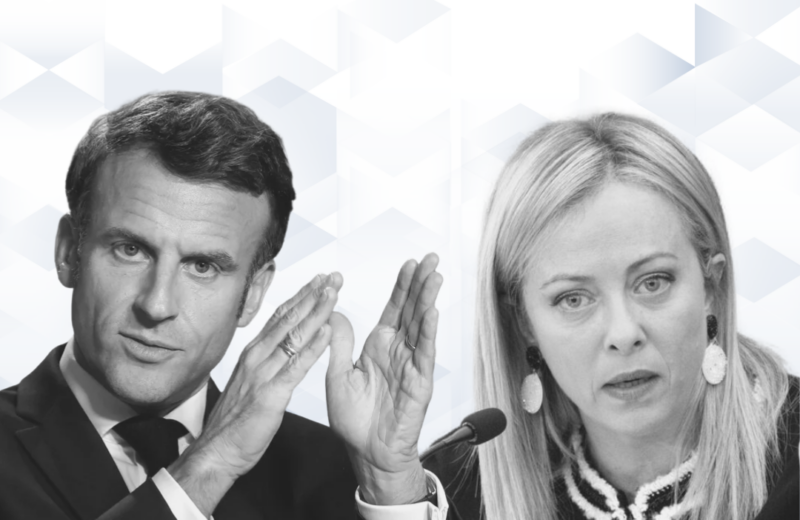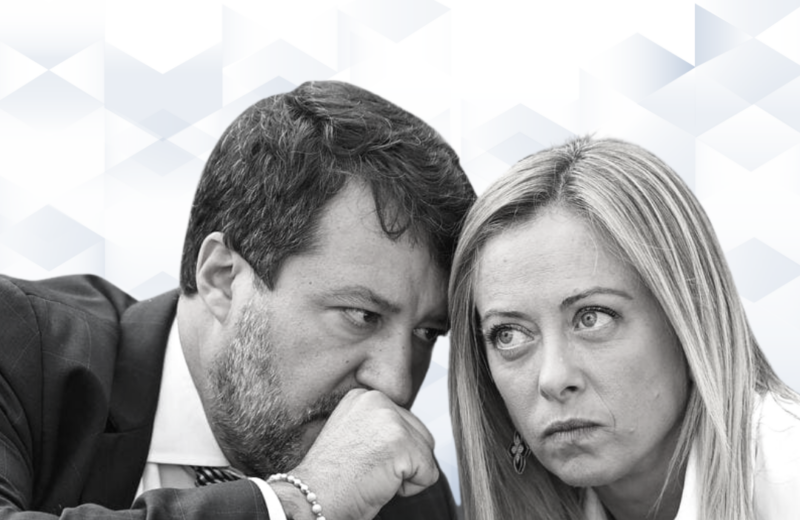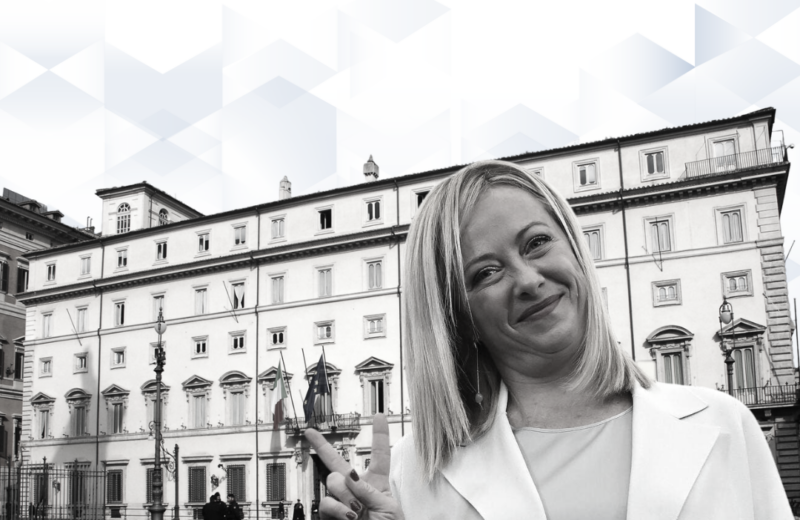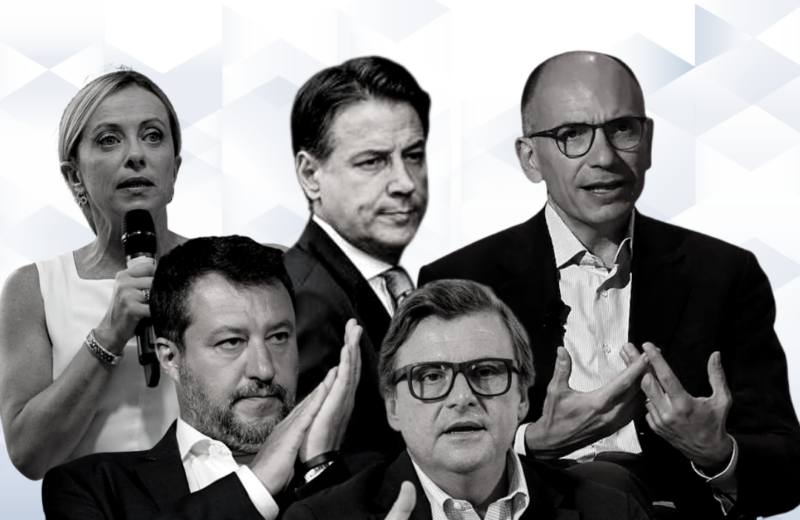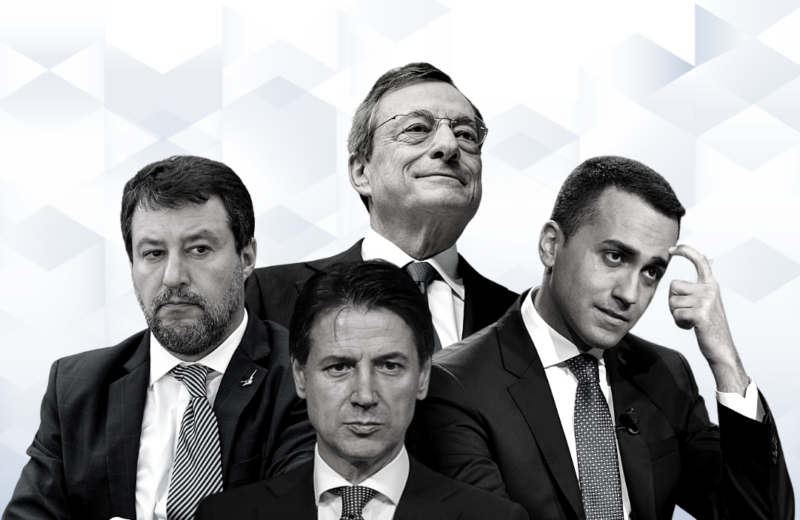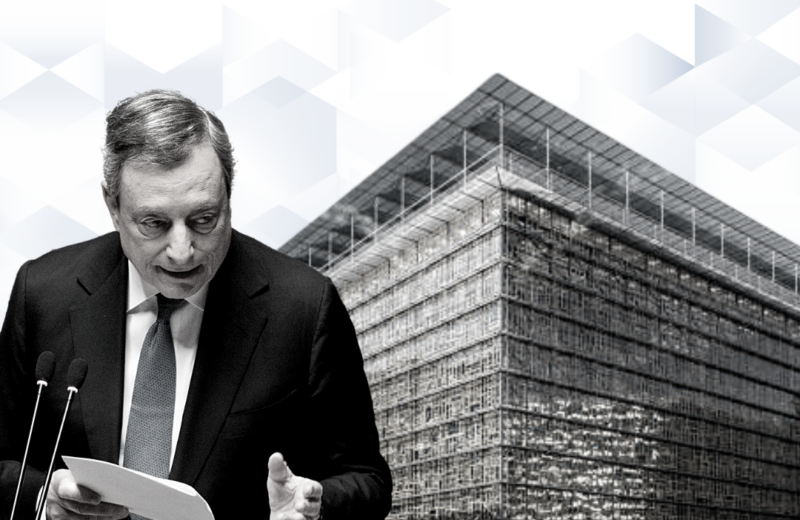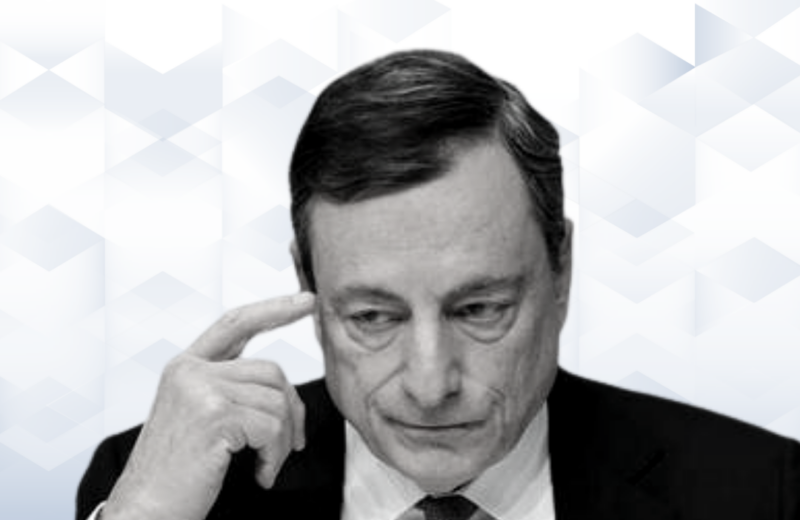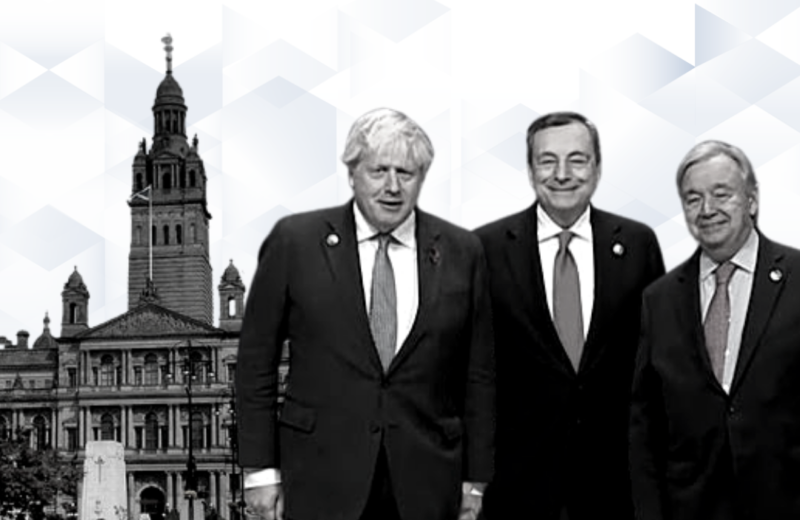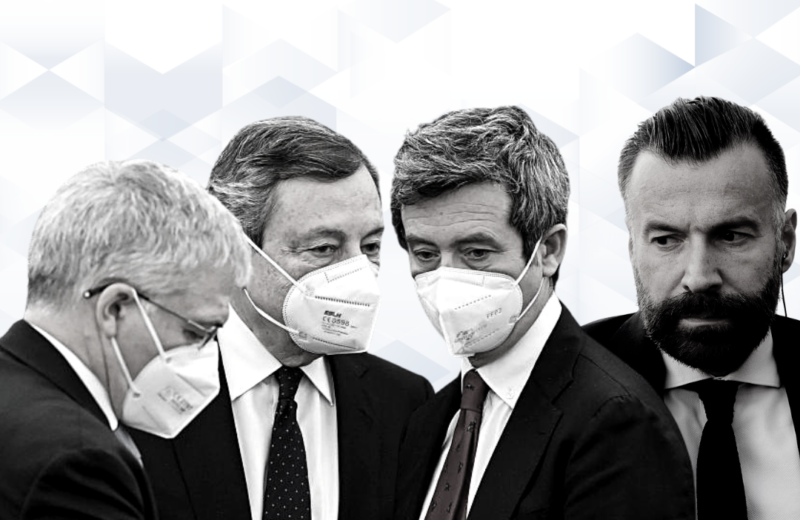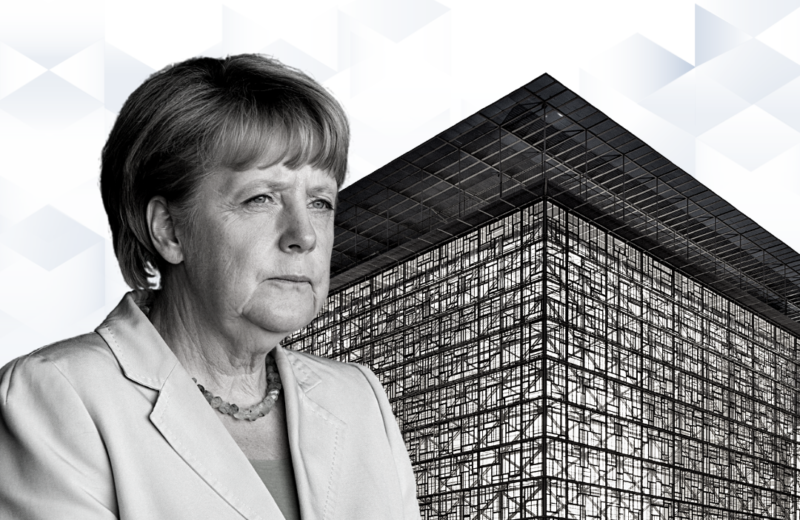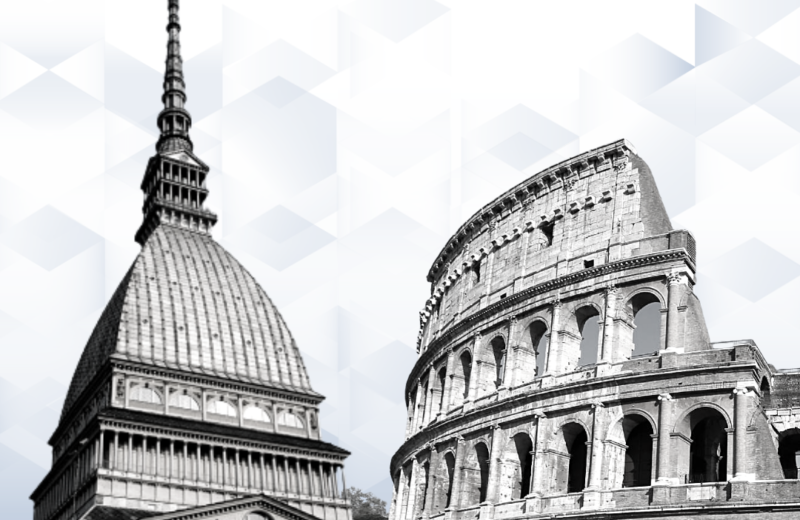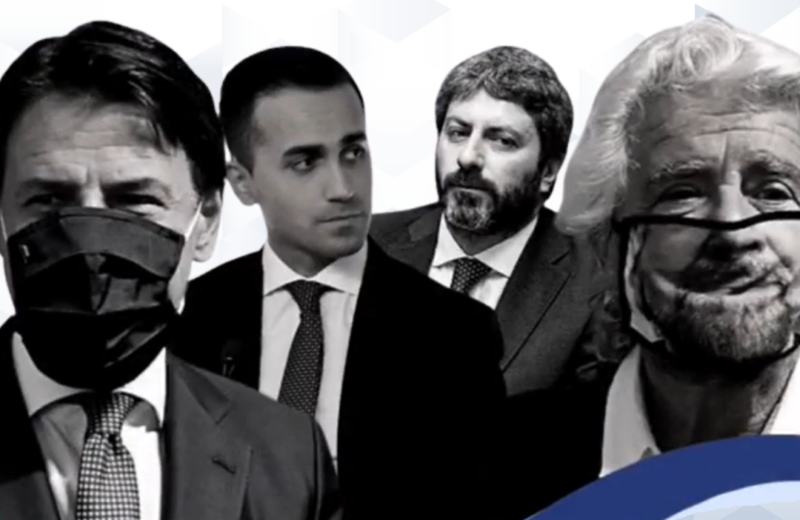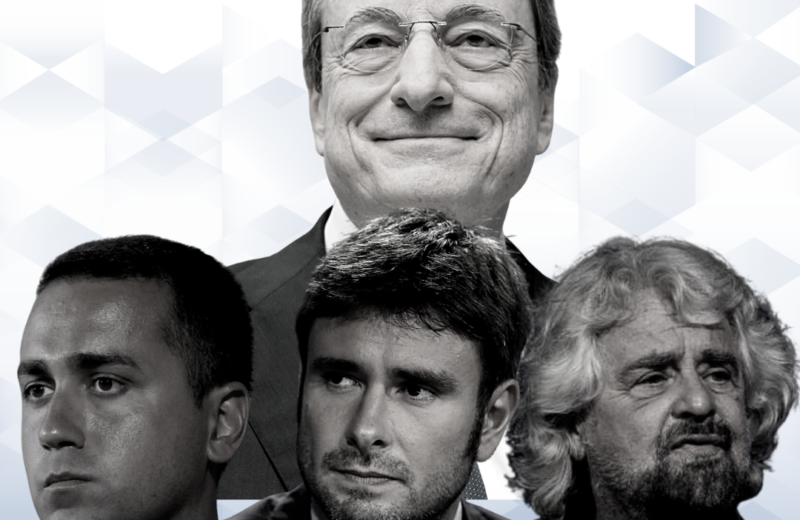Draghi’s justice reform
On Thursday evening, the Council of Ministers (CDM) unanimously approved the justice reform proposed by the Minister of Justice Marta Cartabia.
A key result in one of the traditionally most divisive issues of Italian politics, capable of sending coalitions into crisis or triggering brutal wars of religion. Soon enough the tightness of the ruling coalition will be tested when the bill will arrive in Parliament and its associated power plays.
The intervention on justice is one of the most important reforms among those requested by EU authorities to benefit from the resources of the Recovery Fund and restore Italy’s international credibility. In addition, the agreement reached in the CDM not without tension clearly reflects this essential need.
Above all, the M5S was prey to internal convulsions before the CDM meeting due to its opposition to a reform that targets the law approved in the last few months under former M5S Justice minister Alfonso Bonafede, which eliminated the statute of limitations after the first sentences.
Hence the threat of abstention in the CDM vote in order not to have to take a position over the new measure, up to the call to a sense of responsibility of the prime minister: for Draghi, the Movement’s abstention would have been politically more serious than even a postponement of the reform. The new law introduces fixed times beyond which it is impossible to proceed, or beyond which the process will no longer be able to continue (with exceptions, including crimes involving the mafia, terrorism and kidnapping).
On the political level, the M5S’ final go-ahead is naturally also a consequence of its leadership crisis that has been dragging on for weeks and of the fact that the Movement is too divided internally to be able to think of influencing the executive’s trajectory. Soon these divisions could even expand if the reform were to turn into the detonator capable of prompting Giuseppe Conte’s exit from the Movement.
The former head of government was among the first, along with Bonafede and Alessandro Di Battista, to criticize the reform system that came out of the CDM to address the discontent that is spreading in the party. Worn out by the struggle against Grillo when he already imagined himself able to study electoral alliances in view of the autumn vote or to intervene on Draghi’s agenda, Conte could soon take note of the impossibility of putting the pieces of the Movement back together and be convinced of the need to launch a new political offer. This is why he gives voice to his dissent, in the ill-concealed attempt to rally loyal and undecided inside and outside Parliament.
All the more so when in view of the vote for the election of the next head of State, Matteo Renzi said in no uncertain terms that it will be necessary to seek an agreement with the center-right parties to choose the successor of president Sergio Mattarella. The declaration by the head of Italia Viva is dictated by the numerical weight in Parliament of the Lega, Fratelli d’Italia and Forza Italia parties, but more than anything else it represents a pickaxe at Conte’s idea of transforming the M5S-PD alliance into the driving force of the Italian politics to the detriment of other actors.
Finally, a reflection on Draghi, whose role in the story is only apparently marginal. The speed with which the head of the government has managed and brought back the 5-Stars dissent in the CDM is yet another demonstration of the fact that the prime minister has now completely imposed his agenda on the parties, forcing them to follow the path traced by Palazzo Chigi even when they’re forced to make painful deviations from the recent past. The presence of a head of government who does his job with pragmatism and rigor is obviously too transgressive for the standards to which Italian politics has accustomed us.
This simple but crucial truth finally explains why, for some weeks now, the political actors have been challenging each other with almost absolute vigor on the contents of the Zan bill. Unable to affect the dossiers destined to guide the country’s trajectory in the months and years to come, the parties have no choice but to fight on purely identity issues: to distinguish themselves in the eyes of the voters and claim their place in the political arena.



